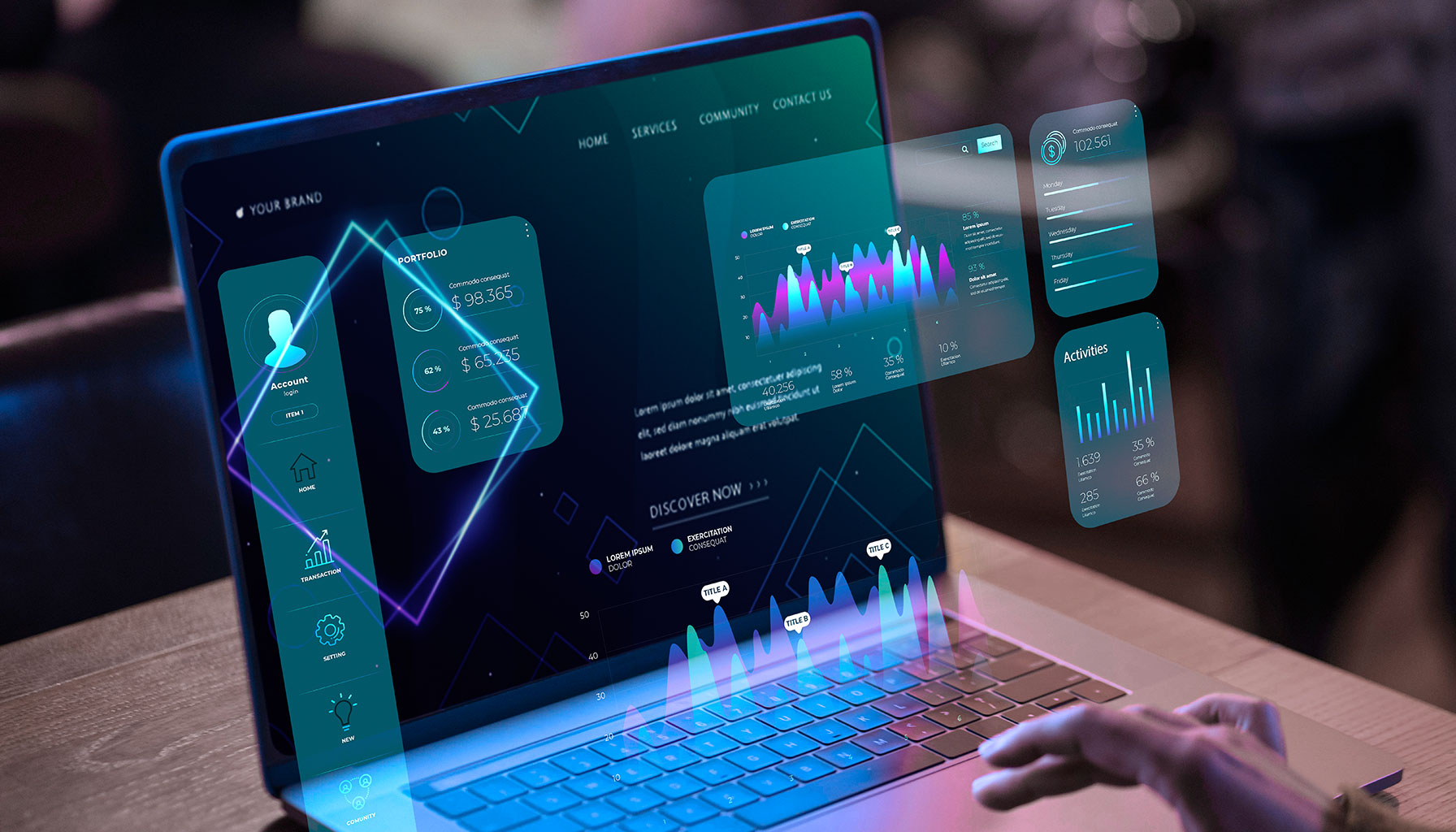Have you ever Googled something just to learn more about a topic? Or maybe you searched for a product because you were ready to buy it? These two types of searches—informational and transactional—play a huge role in how people use search engines every day.
For businesses, understanding the difference between these searches is key to attracting the right audience and turning curious visitors into paying customers. The better you match your content to what people are actually looking for, the higher your chances of ranking well on Google and converting visitors into loyal customers.
In this article, we’ll break down what informational and transactional searches are, why they matter, and how you can optimize your content for each to create a seamless customer journey.
Understanding Search Intent
Before we dive into the details, let’s talk about search intent—the reason behind a person’s search. Google is smart. It wants to show users the most relevant results based on what they’re looking for. That’s why understanding intent is crucial for SEO success.
There are four main types of search intent:
- Informational – When someone is looking for answers or learning about a topic. (Example: “What is digital marketing?”)
- Navigational – When someone is searching for a specific website or brand. (Example: “Nike official website”)
- Transactional – When someone is ready to make a purchase or take action. (Example: “Buy running shoes online”)
- Commercial Investigation – When someone is comparing options before making a decision. (Example: “Best running shoes for beginners”)
For this article, we’re focusing on informational vs. transactional searches because these two have the biggest impact on your content strategy.
Informational Searches: What They Are & How to Optimize for Them
What Are Informational Searches?
Think about the last time you wanted to learn something new. Maybe you searched for “how to bake a chocolate cake” or “best exercises for back pain.” These are informational searches—people looking for knowledge, not necessarily a product.
Examples of Informational Searches:
- “How does SEO work?”
- “Best ways to lose weight naturally”
- “Guide to investing in cryptocurrency”
What’s Going on in the Customer’s Mind?
- They’re in the awareness stage—just exploring options.
- They’re not ready to buy yet but want to learn more.
- They’re open to discovering solutions but need more details.
How to Optimize for Informational Searches:
- Use Long-Tail Keywords – Instead of just “website speed,” go for “how to improve website speed quickly.”
- Create High-Value Blog Posts & Guides – Answer common questions in-depth.
- Use FAQ Schema – This helps Google pull your content into featured snippets.
- Link to Related Pages – Keep visitors engaged by guiding them to more useful content.
- Add Videos & Visuals – People love multimedia content, and so does Google!
Transactional Searches: What They Are & How to Optimize for Them
What Are Transactional Searches?
Now, let’s talk about searches made by people who are ready to take action. If someone types “buy organic skincare products online,” they aren’t looking for a definition—they want to make a purchase.
Examples of Transactional Searches:
- “Buy organic skincare products online”
- “Best SEO agency near me”
- “Get a free website audit”
What’s Going on in the Customer’s Mind?
- They’re in the decision-making stage.
- They’ve done their research and are ready to make a move.
- They’re looking for the best option available.
How to Optimize for Transactional Searches:
- Target High-Intent Keywords – Use words like “buy,” “best price,” or “near me.”
- Optimize Product & Service Pages – Make sure your pages have clear descriptions, pricing, and strong CTAs.
- Use Clear CTAs – Encourage action with phrases like “Shop Now” or “Get a Free Quote.”
- Improve Site Speed & Mobile UX – Slow pages kill conversions. Keep it fast and mobile-friendly.
- Leverage Local SEO – Google My Business listings help capture local searches.
Key Differences Between Informational and Transactional Searches
| Feature | Informational Searches | Transactional Searches |
|---|---|---|
| User Intent | Learning & researching | Buying or taking action |
| Examples | “What is AI in marketing?” | “Buy AI marketing tool” |
| Content Type | Blog posts, guides, FAQs | Product pages, landing pages |
| SEO Focus | Long-tail keywords, FAQs | High-intent keywords, CTAs |
| Business Goal | Educate & build trust | Convert & generate revenue |
If your goal is to build trust and awareness, focus on informational content. If you want to drive sales, make sure your transactional content is clear, persuasive, and easy to navigate.
Bridging the Gap: How to Turn Informational Searchers into Customers
Just because someone starts with an informational search doesn’t mean they won’t eventually buy. Here’s how to move them down the funnel:
- Internal Linking: Guide users from educational content to product/service pages.
- Lead Magnets: Offer free resources like e-books or webinars in exchange for emails.
- Retargeting Ads: Use Google and Facebook ads to bring visitors back.
- Email Marketing: Send educational content first, then introduce relevant offers.
- Showcase Testimonials & Case Studies: Build trust with real customer success stories.
By nurturing users from information to conversion, you create a seamless customer journey that increases trust and sales.
Conclusion & Final Takeaways
The secret to a winning SEO strategy is knowing what your audience wants and when they want it. Informational searches bring in traffic, while transactional searches drive conversions.
Key Takeaways:
- Informational searches = Learning. Create valuable content to build trust.
- Transactional searches = Buying. Optimize product pages to convert users.
- A balanced SEO strategy = Guiding users from awareness to action.
The best businesses don’t just chase sales—they educate, engage, and build relationships that lead to long-term success.
Want help optimizing your SEO for both search types? Let’s talk!





